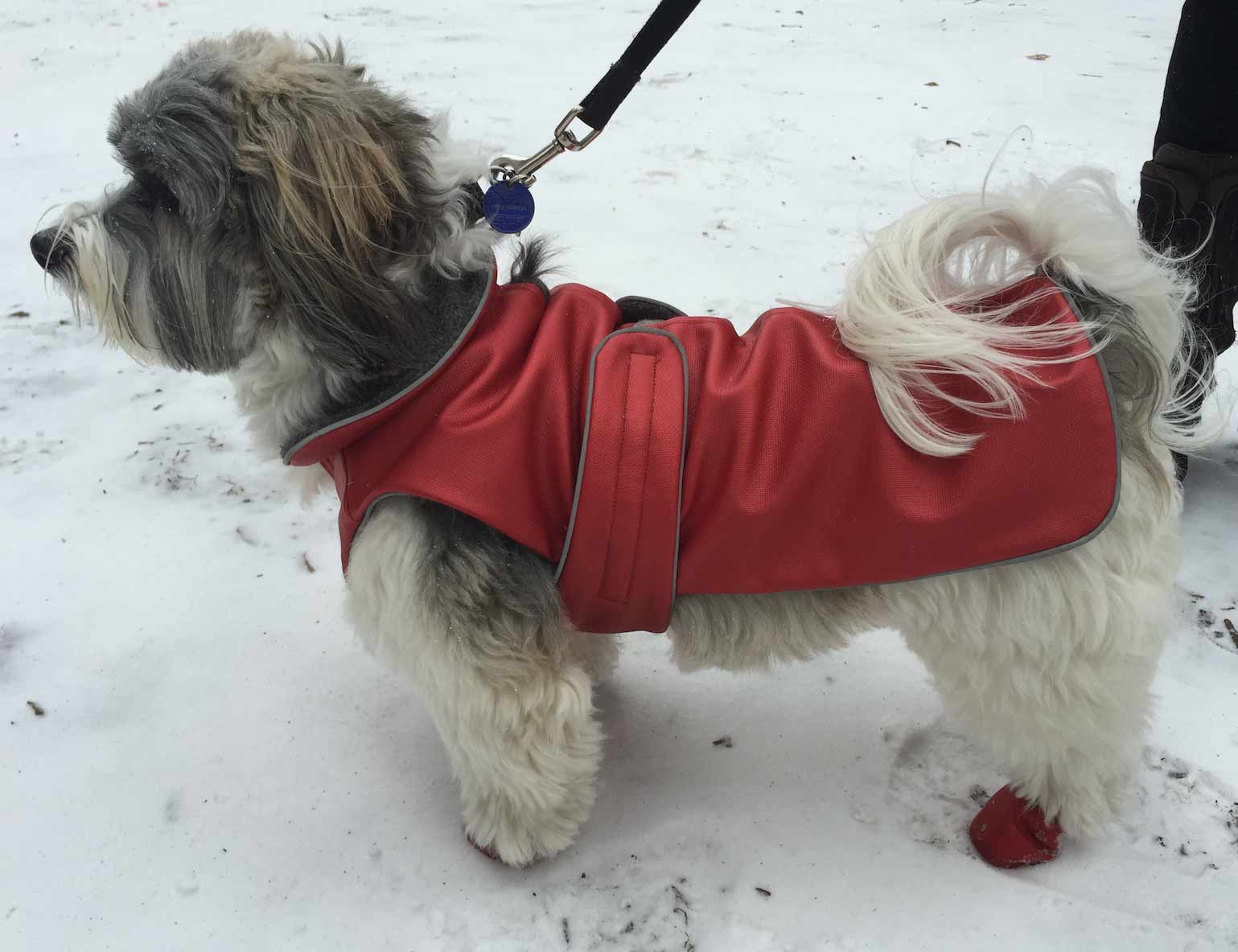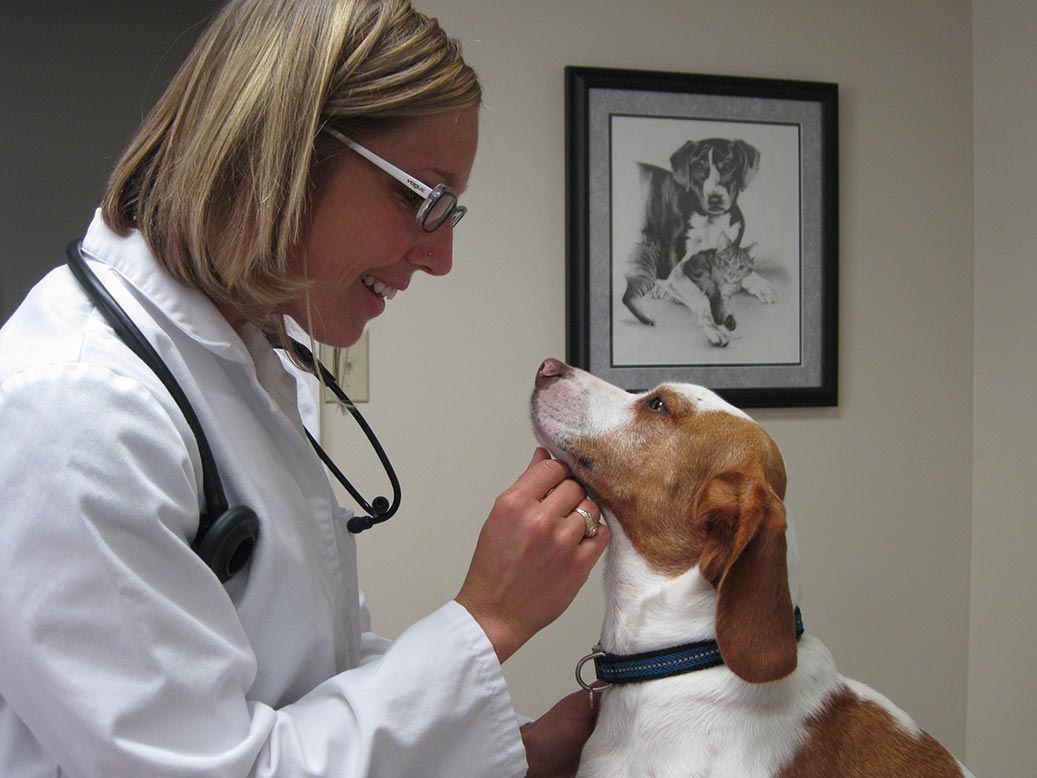Five Questions for Dr. Moore: Cold Weather Pet Care
Preparing Your Dog for Cold Weather
Now that New York City has seen its first snow this winter, we thought we’d repost our interview with Dr. Christina Moore about cold weather pet care.

Urban Dog: When we think of cold weather pet care, the first thing we think of is outer wear. Should dogs wear coats in cold weather? They have fur, so aren’t they okay going outside in winter?
Dr. Moore: It’s dependent on the breed. Dogs with thick undercoats like Huskies, Malamutes, or Akitas may not need winter coats, but dogs with thinner, shorter coats do. I like to think about it this way: if I am taking the dog for a ten to fifteen minute walk and I need more than a light jacket, then the dog needs a coat as well. My dog has a short coat. Other dogs with short coats like Frankie, like your Weimaraner, or Jack Russells, Chihuahuas, Pit Bulls, or Bostons are likely to need an extra layer when it’s cold out. And not a layer for fashion, a layer to keep them warm.
NOTE: Here is an informative review of dog coats from the New York Times company, Wirecutter.
Urban Dog: What are signs that your dog is not doing well in cold weather? We’ve never actually seen our dog shiver in winter. Do dogs suffer from hypothermia or anything like that?
Dr. Moore: Some dogs may shiver, others may not. Frankie starts to shiver if he stops walking in cold weather, he’s really sensitive to the cold. But your dog, Bodhi, may not shiver because he’s very active outside, so it may not become apparent right away that he’s getting cold. Either way it’s a good idea for your dog to wear a coat if they’re going to be outside for more than ten or fifteen minutes.
Dogs can suffer from hypothermia, but it takes quite a bit to get them down to that temperature, so they’d need to be outside for a good bit of time. But it’s definitely important to not leave your dog unattended outside in cold weather. And while a coat can protect a dog’s core from getting too cold, their ears, paws, and tail can definitely suffer from frostbite. So, again, it’s very important to not leave them unattended outside when it’s cold.

Urban Dog: Bodhi sometimes licks his feet when he comes in from the cold. What are the dangers of New York City sidewalks for dogs in winter time? How can you protect your dog’s feet? What are the best products?
Dr. Moore: Their feet are not only sensitive to having snow packed between their toes, which can be cold and painful for them, but on New York City streets the real danger is from the salt and chemicals that are used for de-icing the streets. They can cause burns on their feet. You’ll see booties on dogs providing protection, but many dogs like Frankie hate the booties, so some of the options you can use if your dog won’t tolerate booties are paw balms and waxes. One that seems pretty good is Musher’s Secret Wax dog paw wax. You put it on the paw pads and in between the toes and it creates a protective barrier and it feels a little more natural because the dog is not wearing boots.
Urban Dog: When you worked in the Emergency Room at Fifth Avenue Veterinary Specialists, what sort of problems did you see in winter time? Was there anything that was particularly notable?
Dr. Moore: One event we saw in the emergency room that was the most shocking was a dog that bit into a string of Christmas tree lights. We found burns on her tongue, but what she was brought in for was a huge burn on her abdomen that was causing her pain. She was treated for weeks and ended up doing well. But it was really interesting because it wasn’t the normal presentation and we had to do a lot of detective work to figure out what she had done to cause this wound. We worried that she had nuzzled up to a heater because dogs will do that in the winter. We feared she’d done that and fallen asleep and burned herself. So that’s something you need to keep in mind in winter time. You need to make sure your dog has a nice, warm spot so they won’t be tempted to get close to heaters.
Urban Dog: Bodhi LOVES to eat snow! Is that okay?






